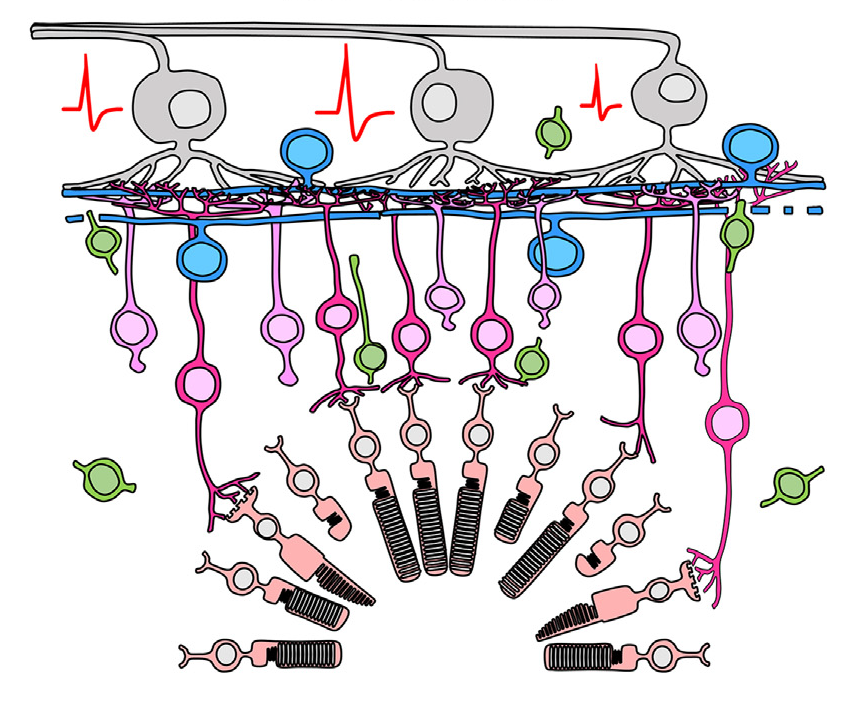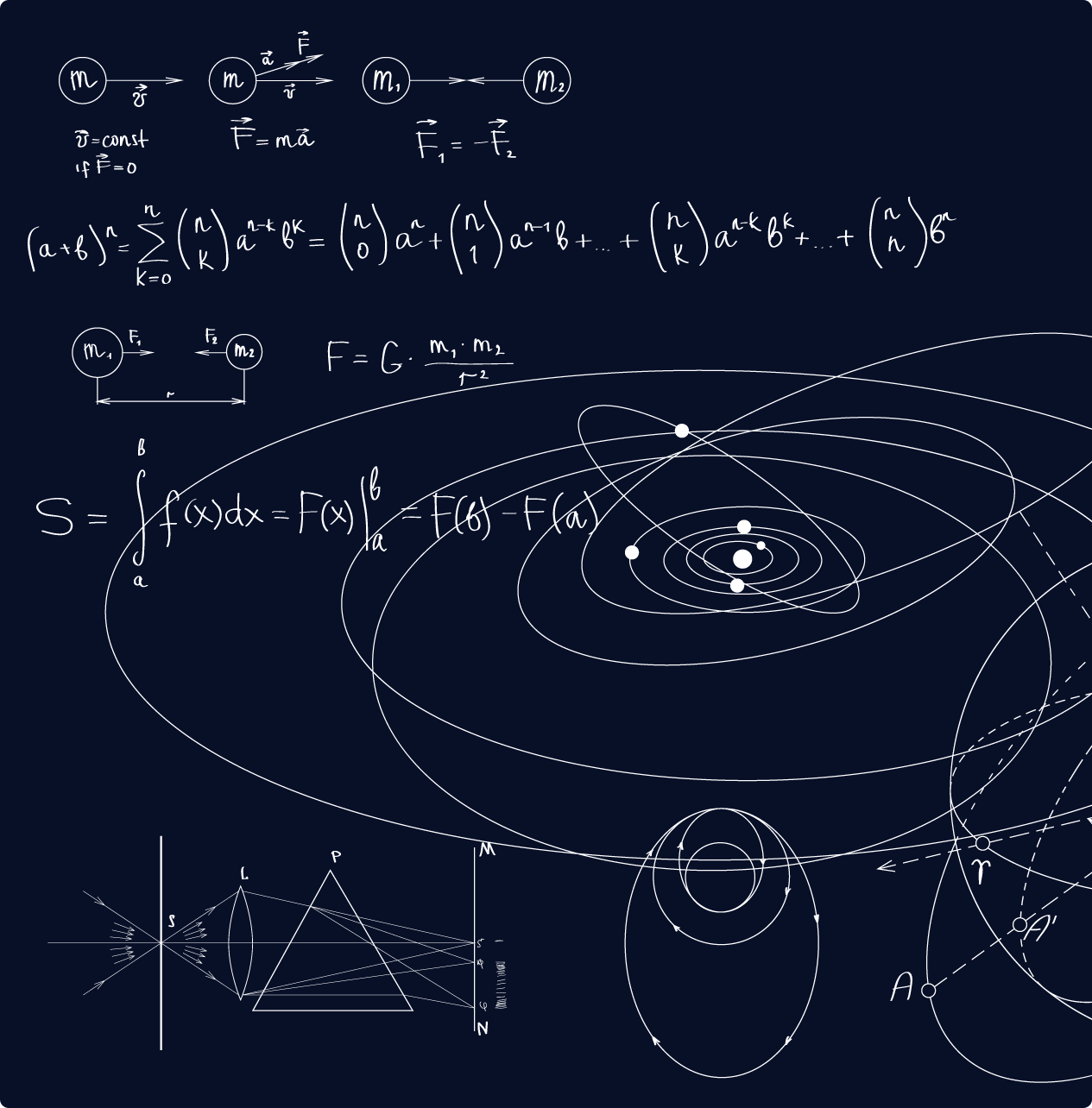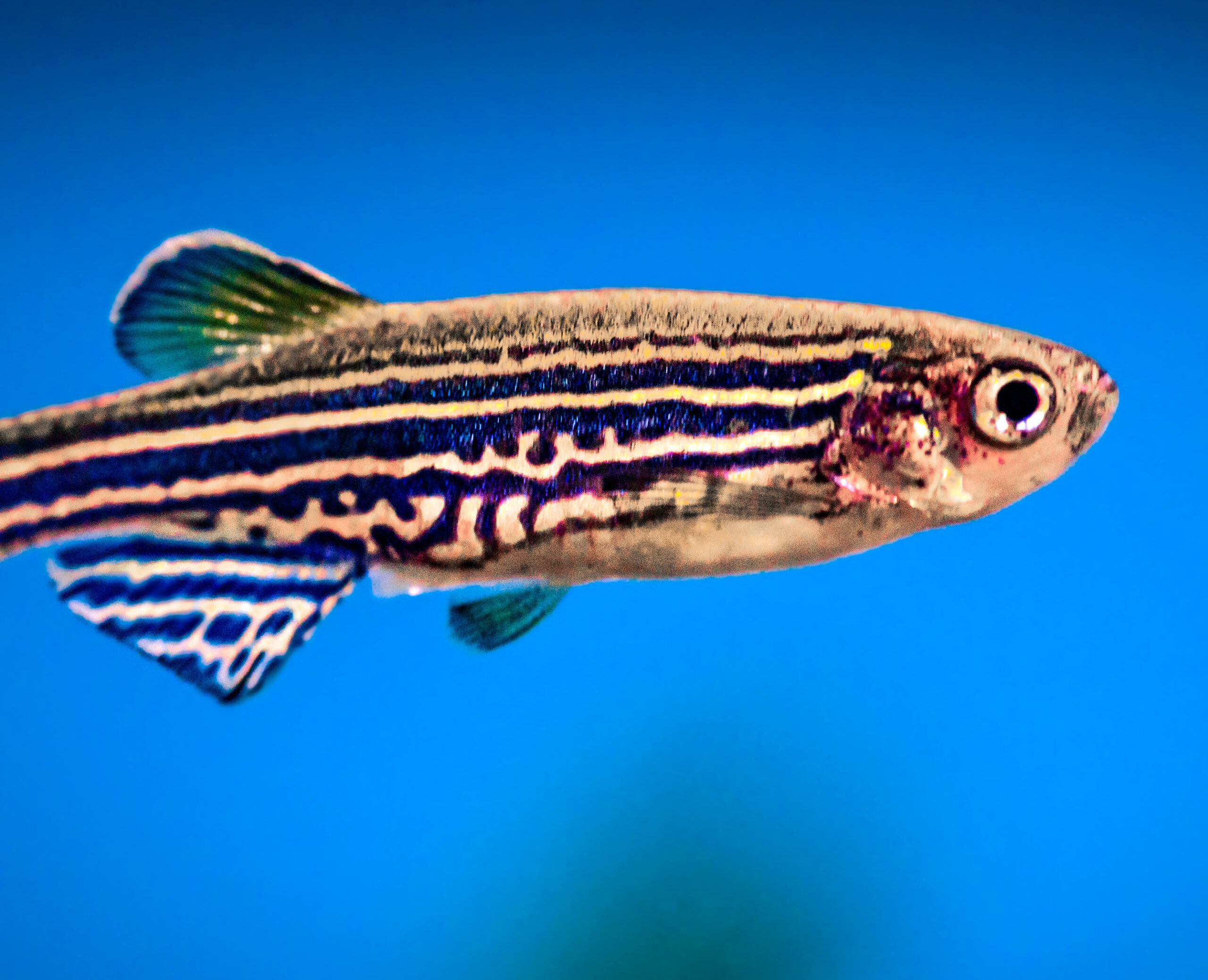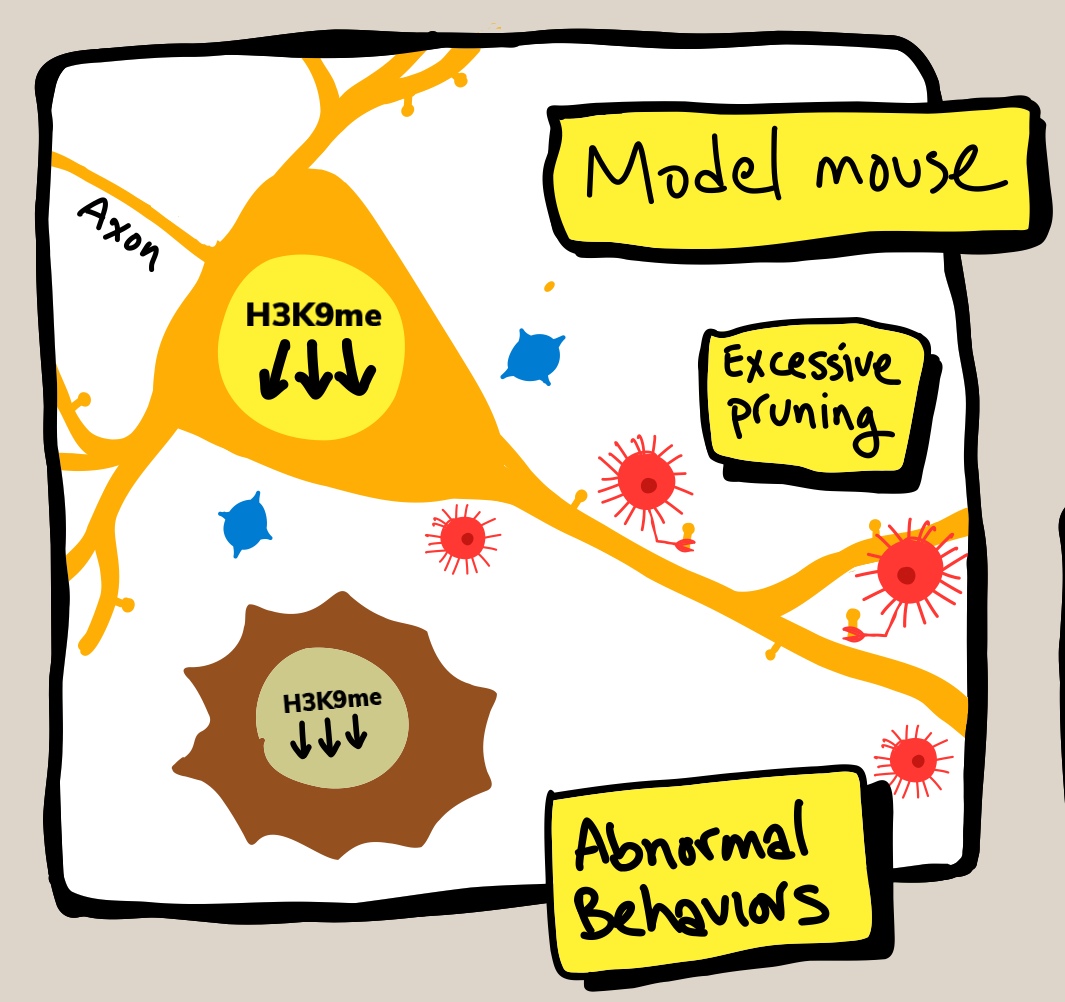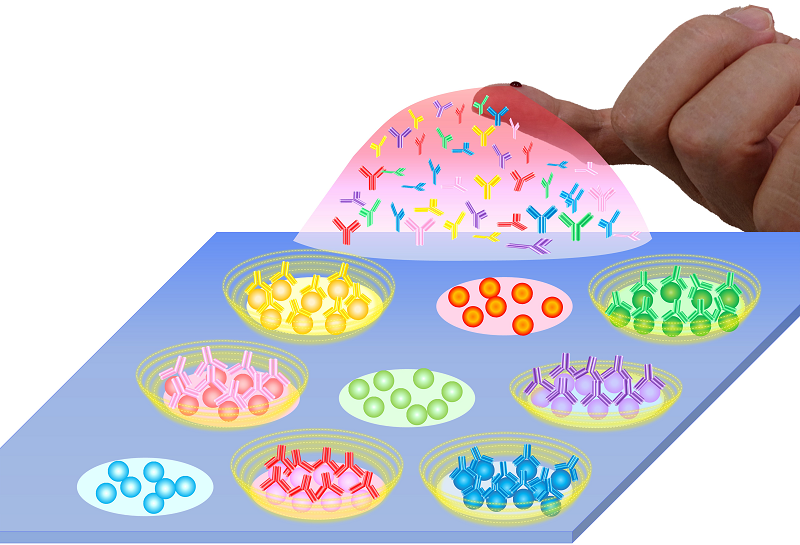Latest research animations
Self-assembly of spider silk
This gut microbe might protect against diabetes and reduce insulin resistance
NEW: One-way hydrogel guides motion of tiny worms!
Latest Posts
No Results Found
The page you requested could not be found. Try refining your search, or use the navigation above to locate the post.
New lab-grown retinal sheets almost ready for clinical trials
The free-energy principle explains neural network behavior
How does gravity affect antimatter?
Super-thin wearable electronics just got more flexible
Cassava engineered to produce healthier tapioca starch
Diazoxide pills for Alzheimer’s disease?
Zebrafish imagine a danger-free future to avoid threats in virtual reality
Kleefstra syndrome in mice reversed after birth
A faster and more sensitive antibody test for COVID-19
Mar
29

ERRg predicts atrial fibrillation and hidden comorbidity
Polygenic risk scores based on the genetic data from more that a million people predicted atrial fibrillation, stroke, and mortality.
read moreDec
27
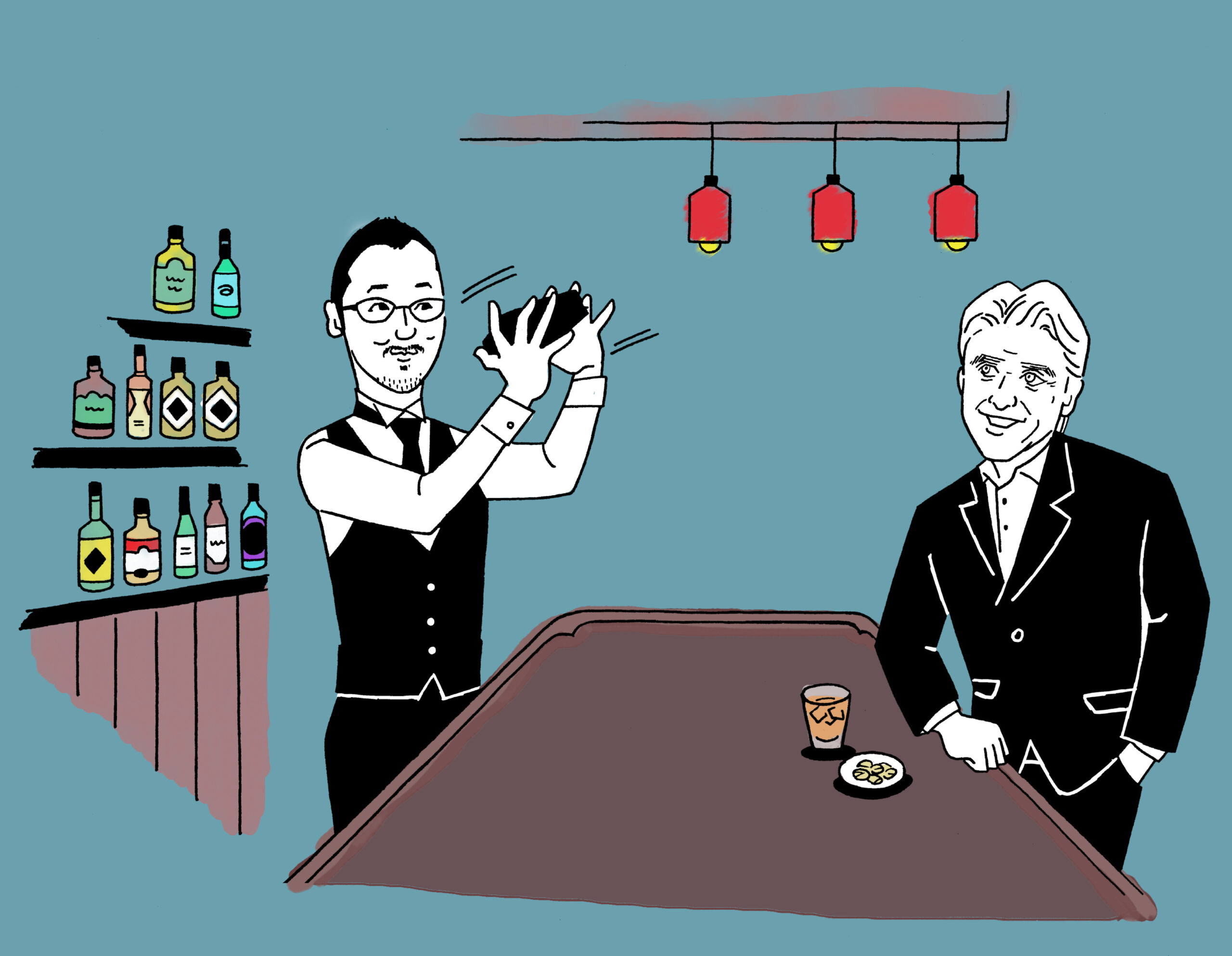
Memories are made of this ?? – (Part 2)
Thomas McHugh from the RIKEN Center for Brain Science continues his discussion about memories, emotions, the brain, and life.
Dec
26

Replicating opossum heart regeneration to help fight cardiovascular disease
Dec
26

Spacey, nerdy nights in Tokyo
Dec
16

Memories are made of this ? ? – (Part 1)
Brain science ’round midnight episode 8: Thomas McHugh from the RIKEN Center for Brain Science discusses memories and the brain
Nov
18
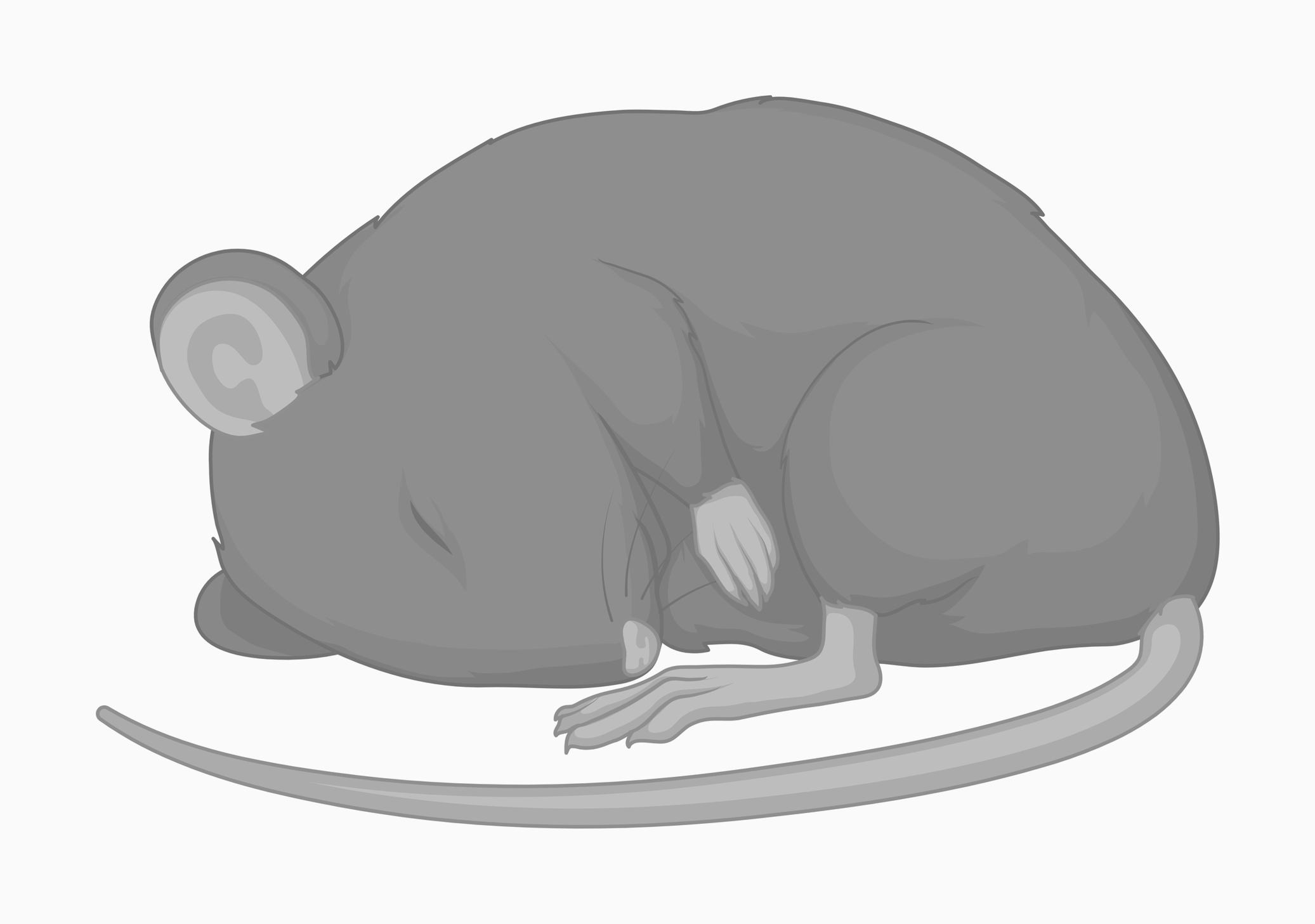
Hibernation-like state can protect kidneys during heart surgery
Activating Q-neurons in the mouse brain led to a hibernation-like state that protected kidneys during heart surgery.

